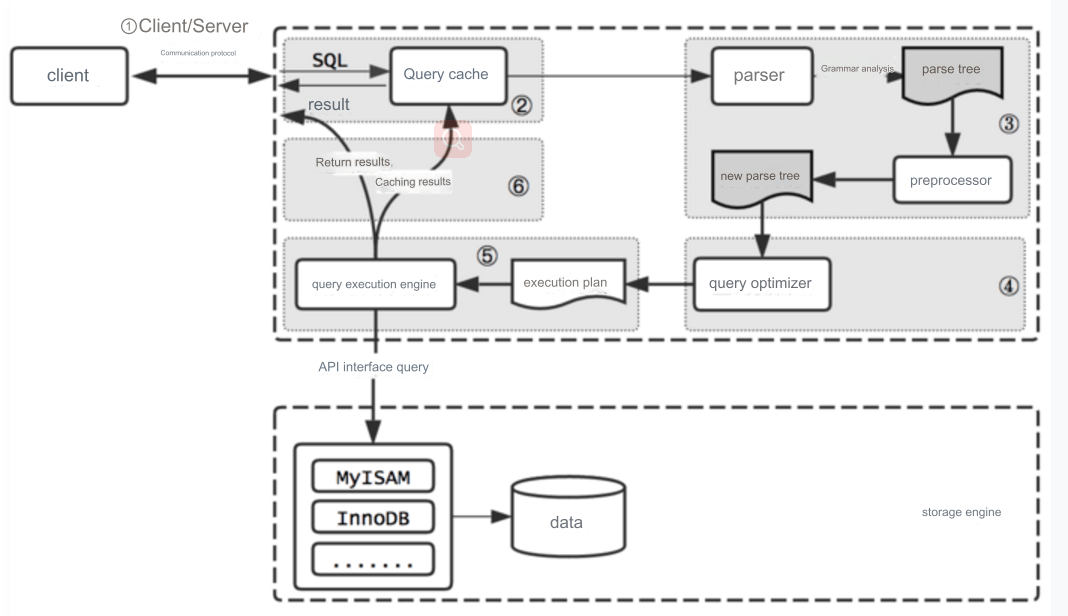When performing database insert operations, it is important to consider potential errors and ensure that these errors are handled appropriately. The error handling logic should ensure the following:
Transaction Rollback: If an insert operation fails, the transaction should be rolled back to maintain database consistency and prevent incomplete operations from leaving inconsistent data.
Error Messages: Provide clear error messages so that developers or system administrators can understand what went wrong and take appropriate action to resolve the issue.
When using transactional databases (such as MySQL’s InnoDB engine), the ACID properties of transactions (Atomicity, Consistency, Isolation, and Durability) ensure that all operations in a transaction either complete entirely or not at all. This is why it is important to execute a rollback when an error occurs because it undoes all operations performed in the transaction, preserving database consistency.
Example
Suppose you are inserting a series of transaction records into a bank account table, and you want to ensure that either all records are successfully inserted, or if an error occurs, none are inserted.
Here is an example of how to implement transaction rollback and error handling using a MySQL stored procedure:
DELIMITER $$ CREATE PROCEDURE InsertTransactions() BEGIN -- Start a new transaction START TRANSACTION; -- Try insert operations BEGIN DECLARE exit handler for sqlexception BEGIN -- If an error occurs, output the error message and roll back the transaction GET DIAGNOSTICS CONDITION 1 @p1 = RETURNED_SQLSTATE, @p2 = MESSAGE_TEXT; SELECT @p1 AS sqlstate, @p2 AS message; ROLLBACK; END; -- Insert operations INSERT INTO transactions (account_id, amount) VALUES (101, -100.00); INSERT INTO transactions (account_id, amount) VALUES (102, 200.00); INSERT INTO transactions (account_id, amount) VALUES (103, -150.00); -- If no errors occur, commit the transaction COMMIT; END; END$$ DELIMITER ;
In this example, we first use START TRANSACTION; to begin a new transaction. Then, we use a DECLARE statement to define an exit handler to be executed if a SQL exception occurs. In the exception handler, we use GET DIAGNOSTICS to retrieve the error message and output it using a SELECT statement, and then we use ROLLBACK; to undo all changes made in the transaction. If all insert operations succeed, we commit the transaction using COMMIT;.
The advantage of using a stored procedure is that it encapsulates complex logic while keeping error handling and transaction control clear. In real-world applications, the stored procedure or code logic should be designed based on specific business requirements and error handling needs.




